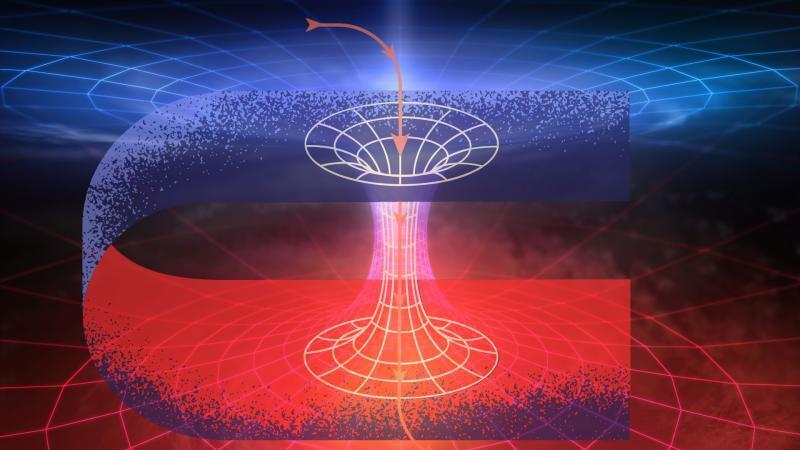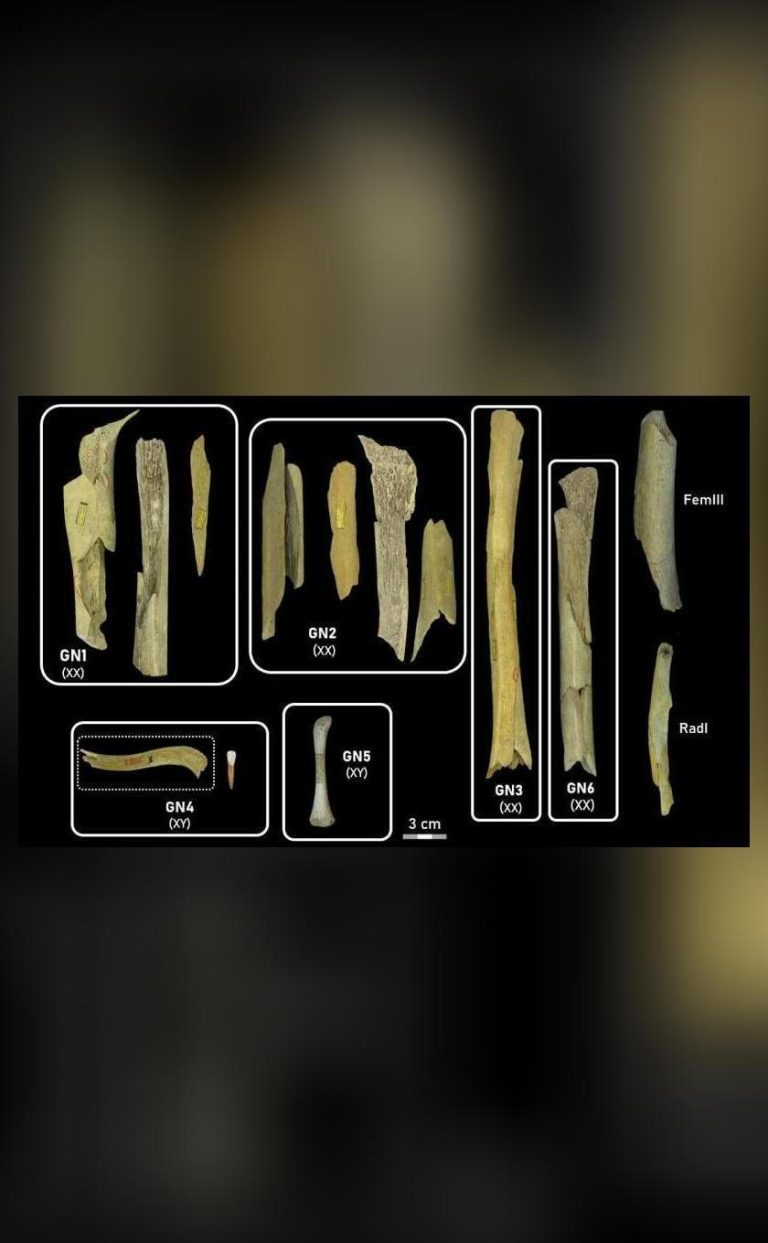
BITS Pilani team theorises stable wormhole blueprint
The concept of wormholes has long fascinated scientists and science fiction enthusiasts alike. These hypothetical tunnels through spacetime could potentially connect two distant points in the universe, allowing for faster-than-light travel and revolutionizing our understanding of the cosmos. However, the creation of a stable wormhole has always been a major challenge, as it requires the presence of “exotic matter” with negative energy density. Now, a team of researchers at BITS Pilani, Hyderabad, has developed a new model for a traversable wormhole that minimises the need for this exotic matter, offering a new path for theoretical physics.
The team’s research, which utilises f (R,L,T) modified gravity and Van der Waals gas laws, proposes a stable structure that could support the existence of wormholes. This breakthrough is significant, as it suggests that spacetime geometry can potentially support these cosmic tunnels, even in the absence of exotic matter. The study’s findings have far-reaching implications for our understanding of the universe and the laws of physics that govern it.
To understand the significance of this discovery, let’s first delve into the concept of wormholes and the challenges associated with creating a stable one. Wormholes are essentially shortcuts through spacetime, connecting two distant points in the universe. They are predicted by Einstein’s theory of general relativity, which describes the curvature of spacetime caused by massive objects. However, the creation of a stable wormhole requires a type of matter that has negative energy density, which is known as exotic matter.
The problem with exotic matter is that it is still purely theoretical and has yet to be observed in nature. Even if it does exist, the amount of exotic matter required to create a stable wormhole would be enormous, making it a significant technological challenge. Furthermore, the presence of exotic matter would also raise questions about the stability of the wormhole, as it could potentially collapse or become unstable over time.
The BITS Pilani team’s research addresses these challenges by proposing a new model for a traversable wormhole that minimises the need for exotic matter. The team’s approach utilises f (R,L,T) modified gravity, which is a theoretical framework that extends the principles of general relativity to include additional terms that describe the behaviour of matter and energy. By incorporating these additional terms, the team was able to create a model that predicts the existence of stable wormholes without the need for exotic matter.
The team’s model also incorporates Van der Waals gas laws, which describe the behaviour of gases in the presence of gravity. By combining these two theoretical frameworks, the researchers were able to create a stable structure that could support the existence of wormholes. The study’s findings suggest that spacetime geometry can potentially support these cosmic tunnels, even in the absence of exotic matter.
The implications of this discovery are significant, as it offers a new path for theoretical physics. The creation of a stable wormhole would revolutionize our understanding of the universe, allowing for faster-than-light travel and potentially enabling the exploration of distant galaxies. While the technology to create a wormhole is still far beyond our current capabilities, the theoretical framework developed by the BITS Pilani team provides a foundation for further research and experimentation.
The study’s findings also raise interesting questions about the nature of spacetime and the laws of physics that govern it. If wormholes do exist, they could potentially be used to travel through time, as well as space, raising questions about the consistency of the timeline and the potential for paradoxes. The creation of a stable wormhole would also require a vast amount of energy, potentially exceeding the energy output of a star.
In conclusion, the BITS Pilani team’s discovery of a stable wormhole blueprint is a significant breakthrough in theoretical physics. The team’s approach, which utilises f (R,L,T) modified gravity and Van der Waals gas laws, offers a new path for understanding the universe and the laws of physics that govern it. While the creation of a stable wormhole is still a distant dream, the study’s findings provide a foundation for further research and experimentation, potentially paving the way for a new era of space exploration and discovery.
For more information on this topic, please visit: https://researchmatters.in/news/indian-researchers-find-way-stabilise-wormholes-without-need-exotic-matter






